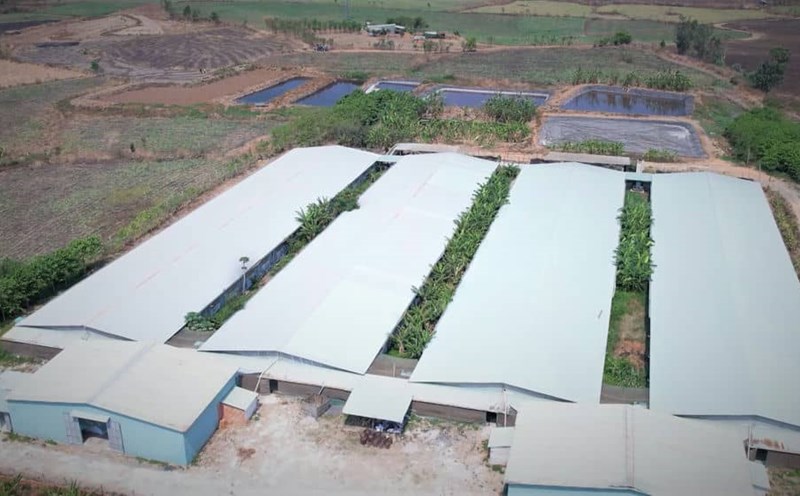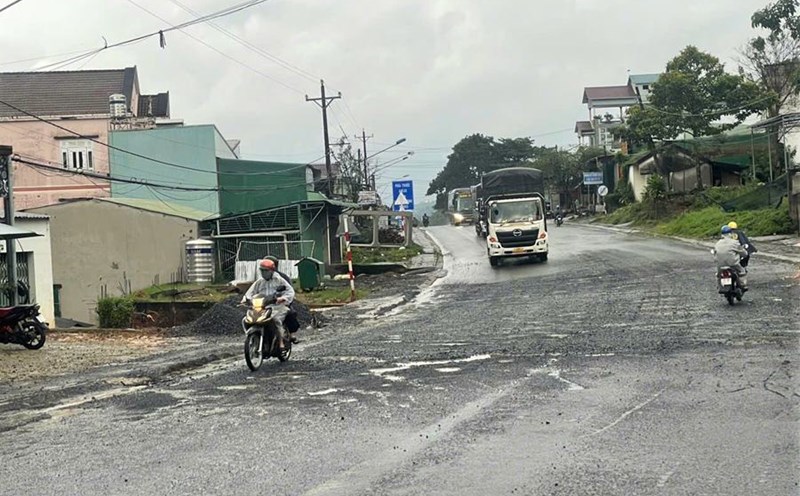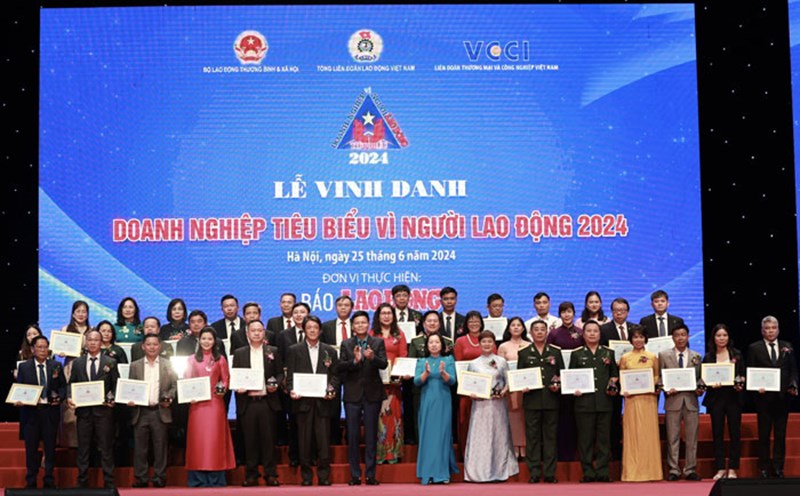Currently, many enterprises in Gia Lai are committed to speeding up project progress, expanding the scale of operations, and raising livestock environmental standards - especially in the western area with large land funds.
The communes in the West of Gia Lai province currently have more than 200 investment projects in the livestock sector, with a total area of over 9,310 hectares and a total investment capital of VND 35,777 billion. Of which, more than 92 projects have been approved for investment by the Gia Lai Provincial People's Committee (formerly). Gia Lai aims to increase the total number of pigs to more than 2 million by the end of 2025, poultry to 20 million and cows to about 822,000.
Mr. Pham Anh Tuan - Chairman of the Provincial People's Committee - has directed departments and branches to promptly complete procedures to implement the San Ha Binh Dinh Livestock, Poultry and Food Processing Center Project. This project is expected to create stable output for the province's livestock products, forming a chain linkage from production to processing, contributing to increasing added value.
In July 2025, the People's Committee of Gia Lai province also issued a decision approving the investment policy and selecting the investor for the large-scale pig farm project in Dak Po commune. Accordingly, ANT Company Limited (MV), located at lots A1.5 and A1.6, Nhon Hoa Industrial Park, will invest in building a farm to raise and produce breeding pigs.
The project is implemented on an area of about 156,205m2 in Dak Po commune, with a designed capacity of 2,400 sows and 50 breeding sows. The output is pigs, expected to output about 72,000 pigs per year, an average of 6.5kg/ pig. The total volume of pigs sold in the year is estimated at 468 tons.
ANT (MV) Company Limited plans to invest more than 3.1 million USD in the project, responsible for fully implementing regulations on environmental impact assessment, absolutely not allowing environmental pollution in the area. When the project comes into operation, the investor will install a camera surveillance system for livestock farming areas to serve inspection and management. At the same time, a separate path was arranged to check the waste treatment system and other auxiliary areas outside the livestock area.
Investors must carefully evaluate and research investment in odor and waste treatment technology to minimize the impact on the environment and the lives of local people, avoiding complaints.










